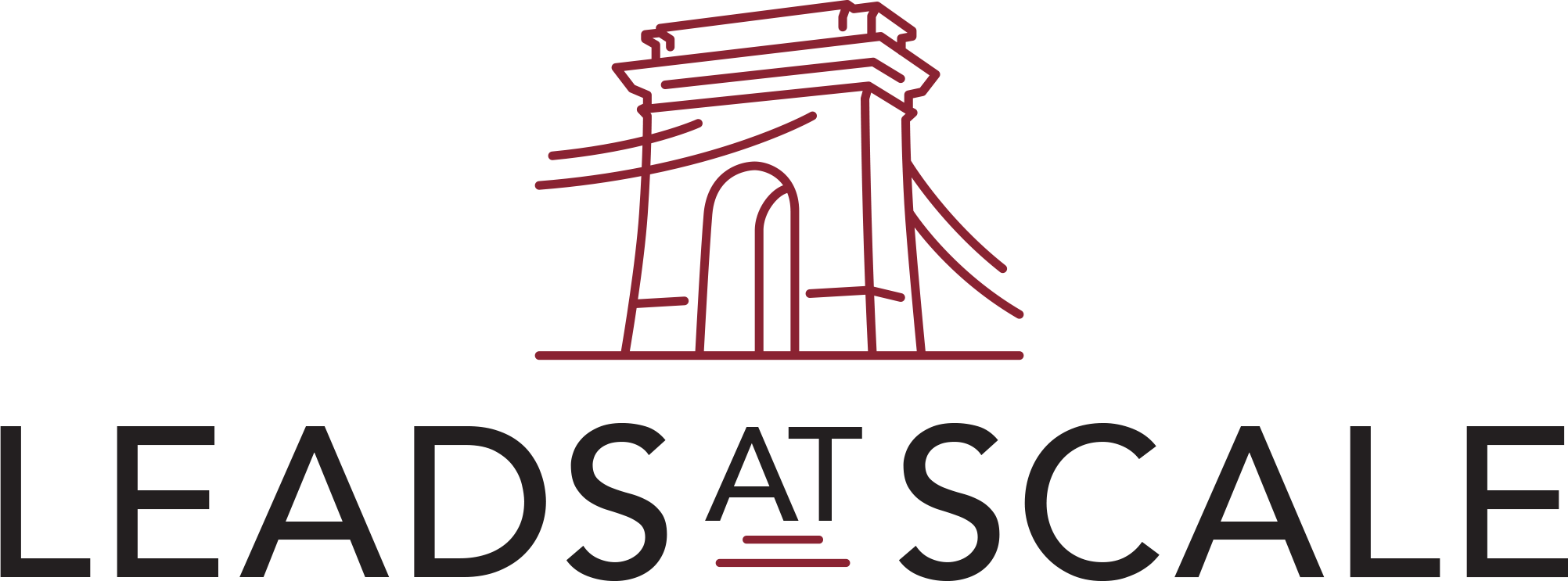Having a robust sales strategy is essential for the success of any business. It always helps to have a strong team with the right skills to sell your products or services. When it comes to the sales process, however, there are two major distinctions: inside sales and outside sales.
While both methods have their strengths and weaknesses, understanding them is essential to choose which way works best for your company. Let’s take a closer look at the critical differences between inside and outside sales and the pros and cons of each approach.
What Are Inside Sales?
First up is inside sales. This method is probably the most common approach to selling. It is often the quickest and most efficient way of reaching potential clients. With inside sales, your sales representatives are typically located in an office or call center environment. This allows them to easily engage with customers through email, phone calls, video conferencing, or social media.
Additionally, they have access to a host of tools that help them streamline and manage their sales processes. These include CRM software, lead qualification systems, and more.
What Do Inside Sales Reps Do?
The responsibilities of inside sales reps typically include the following:
Finding potential leads: This step involves researching potential clients online. Social media plays a significant role in lead generation. Inside sales reps can utilize LinkedIn for lead generation and use a platform like Twitter to identify potential prospects.
- Reaching out to prospects: Once inside sales reps have identified potential clients, they need to reach out and engage with them to qualify them as leads. They’ll need to tailor their approach based on the client’s needs, preferences, and sales process.
- Maintaining CRM: Inside sales reps need to manage their CRM database. They keep it up-to-date with important contact information, interactions, and other details. It helps ensure that every lead is managed effectively and that no leads fall through the cracks.
- Following-up: As sales representatives make cold calls or send out emails to potential clients, they need to carefully track their progress. They will follow up with interested leads accordingly.
What are Outside Sales?
Outside sales is another common selling approach that has unique advantages and challenges. Unlike inside sales, outside sales representatives are typically not working from the company. Instead, they travel to meet clients in person, at their offices, or at trade shows and conferences. In other words, it means selling face-to-face.
While this more personal approach is often effective when selling complex products or services, it can take more time and effort than inside sales. Additionally, outside sales reps must build strong relationships with their clients to maintain a successful sales pipeline.

What Do Outside Sales Reps Do?
Naturally, the duties of outside sales reps are only slightly different from those of inside sales reps. Some of the key tasks involved in this approach include: Travelling and meeting with clients: Outside sales reps need to travel to meet face-to-face with their clients. They could be going to their office nearby or attending a conference by plane. Either way, it’s more challenging to plan their schedules than inside sales reps.
- Maintaining relationships: In addition to building relationships with clients, outside sales reps need to be able to maintain them over time. They must stay in touch and help their clients achieve their goals as effectively as possible.
- Managing sales territory: Outside sales reps must manage their sales territory effectively. They must take full advantage of potential leads in the area. This process involves assessing market trends, competitor activity, and more.
What Do Inside and Outside Sales Reps Do?
Overall, inside and outside sales reps perform many of the same tasks, though their approaches may vary. Both aim to reach and engage with potential clients to close deals, but they take different approaches. Inside sales reps are more likely to proactively pursue leads via phone and email. Outside sales reps often meet face-to-face with clients in their region.
The Difference Between Inside and Outside Selling
So what is the key difference between inside and outside selling? The best way to evaluate the difference is to compare both methods’ benefits.
Inside Sales
- Saves money: Because inside sales reps are located in an office or call centre environment, they do not need to travel as often as outside sales reps. This helps save companies time and money, especially if the product or service is complex and requires more up-front work to demonstrate value.
- Faster cycle times: Because inside sales reps typically reach out to clients via phone or email, they can make more sales calls in a shorter period. That allows them to move through the sales cycle faster and close more deals overall.
- More control: Inside sales reps have greater flexibility and control over their schedules and processes. As such, they can be more proactive in engaging with potential clients. They can respond quickly to market changes and adjust their strategies accordingly.
Outside Sales
- Close bigger deals: Outside sales reps are often better positioned to close more valuable deals than inside sales reps. They can build deeper relationships with their clients and offer personalized product or service demonstrations in person.
- Builds trust: Outside selling emphasizes building trust between the seller and client. The result is stronger long-term client relationships. That can be especially beneficial for complex products or services. These usually require significant education to understand their value.
- More motivated sales reps: The monotony of inside sales can lead to lower sales productivity and motivation. On the other hand, outside sales reps are often more excited about travelling, meeting new people, and closing sales.
Should You Use Inside or Outside Sales?
Ultimately, whether to use inside or outside sales depends on the specific product or service you are trying to sell. High-ticket items may benefit more from the trust-building that outside sales can provide. For smaller items with lower margins, inside sales may be more efficient.
You should also think about what your customer base prefers. In some cases, they may prefer to avoid face-to-face interactions and may find that they receive better service over email or phone. It’s also worth noting that digital organizations may find that inside sales provide more control. Businesses with physical products may benefit more from outside sales reps.
How Can Inside and Outside Sales Work Together?
A hybrid approach that combines both inside and outside sales is often the most effective way to reach potential clients. Inside sales reps can proactively reach out to leads via email and phone. Then, an outside sales rep can follow up with more in-depth product or service demonstrations in person.
To master this hybrid approach, companies should invest in ongoing training and support for both types of reps. They should also consider AGILE and SCRUM philosophies, which foster communication between departments. Doing so can help sales reps quickly adapt to changing market conditions and respond faster to customer needs.
Skills and Qualifications Necessary for Inside Sales
Finally, let’s take a look at the skills and qualifications that are necessary to be successful in inside sales. These include:
Hard skills: Depending on your industry, sales reps may need a strong understanding of the product or service they are selling. CRM software should also be mastered so that sales reps can manage their interactions. They should know how to analyze and generate accurate reports. Additionally, it should be easy for sales reps to use various communication tools like email, phone, and video conferencing.
Soft skills: Successful inside sales reps must build strong relationships with clients. They must manage their emotions when faced with rejection or challenges. They should also be comfortable following a routine and working independently without much supervision. Lastly, they should have strong time management and organization skills to balance a heavy workload.
Tools Used in Inside Sales
Technology plays an ever-present role in optimizing the workflow of inside sales representatives. Several tools are used to streamline operations, increase efficiency, and ultimately boost sales.
CRM software tops the list due to its wide-ranging functionality. It helps reps manage leads and track customer interactions. It’s also helpful to analyze sales data for actionable insights and schedule follow-ups efficiently.
Telecommunication apps or software facilitate communication with potential customers. Through platforms like Slack or Teams, reps maintain consistent contact with clients. Even traditional messaging applications like emails and phones can do the trick when used correctly.
As for video conferencing tools, they enable face-to-face interaction without geographical barriers. Whether it’s Zoom meetings for product demonstrations or virtual meet-and-greets with prospective clients via Google Meet, make sure your team is well-versed in these tools.

Skills and Qualifications Necessary for Outside Sales
As for outside sales reps, the skills required are mostly soft skills. Emotional intelligence is vital for building trust and rapport with clients. They must be comfortable with networking and making presentations in front of large audiences. Outside sales reps should also be able to sell themselves as both professionals and experts in their field.
Additionally, they should have strong communication skills that allow them to explain complex concepts succinctly.
Outside Sales Duties and Responsibilities
The role of an outside sales rep is quite contrasting to that of their inside counterparts. Their responsibilities lie more with meeting clients physically and nurturing one-on-one relationships. An overview of an outside sales representative’s duties would include:
- Client Meetings: Establishing interpersonal relationships with potential or existing customers remains a top priority for outside sales reps.
- Product Demonstrations: Conducting detailed product walk-throughs allows potential clients to understand how a product or service can answer their needs. This first-hand interaction often nudges them towards the purchase decision positively.
- Networking Events: Outside sales reps frequently represent their company at industry conferences, trade shows, etc. They leverage these opportunities to forge new connections and foster meaningful conversations around their offerings.
- Territory Management: Managing and strategizing around specified geographical areas also falls under responsibility. They identify potential leads within their designated territory using various approaches—cold calling, footwork, etc.
While travel-heavy and demanding face-to-face interaction outside sales could offer longer-lasting customer bonds over high-ticket products enhancing brand value over time.
Tools Used in Outside Sales
Outside sales reps rely heavily on their negotiation skills and charisma, but they are by no means exempted from the need for appropriate tools to help them excel at their jobs. For starters, mobile CRM applications are vital. They can store all pertinent customer information and provide timely reminders for follow-ups or meetings while on the go. These apps sync to their office desktops, ensuring they remain abreast of any developments.
Field sales software applications assist with real-time tracking of appointments and deal stages. They provide oversight and automatic updates throughout the sales cycle. In an era when digital communication is still relevant despite geographical distances, having access to email, instant messaging services, and cloud storage for critical documents allows seamless cross-platform access. Everything comes together to minimize delays due to travel time or accessibility constraints.
Build Your Negotiation Skills
Negotiation is the cornerstone of successful sales, and acquiring this skill can transform your career. Whether you’re dealing with potential buyers or ironing out details with existing customers, good negotiation skills will help you move things forward in a productive way.
Inside sales often require a rapid negotiation process due to the quick pace of online interactions. Closing deals promptly while ensuring clients feel respected in their decisions necessitates impeccable negotiation prowess from inside sales reps.
To build this skill, start by understanding your client’s needs and perspective. It allows for more informed compromise, satisfying both parties involved. Improving listening skills is another vital step. It enables you to pick up subtle cues on what they value during conversations that can give you an edge.
Lastly, maintain an emotion-free stance. You’ll increase objectivity and keep discussions factual rather than personal.
Introduction to Negotiation: A Strategic Playbook for Becoming a Principled and Persuasive Negotiator
The art of negotiation isn’t just about closing. It’s about cultivating win-win situations that leave everyone feeling satisfied. To become a principled and persuasive negotiator, you need to develop strategies that showcase your understanding of the deal at hand. All while putting forth compelling reasons why your proposal benefits all parties involved.
Successful negotiators are not manipulative but strategic. They acknowledge the wants and needs of their counterparts first. Then, they offer tailored solutions that both meet those needs and align with their own goals.
There is no universal playbook for becoming a successful negotiator. After all, there are plenty of differences in personal style, situational contexts, and objectives. However, the following skill-building tips could enrich your negotiation game:
- Attentive Listening: Active listening is an essential part of negotiation as it creates an open dialogue. Understanding your client’s position gives you insight into their objectives, making room for workable solutions.
- Empathetic Responses: Showing empathy helps build rapport. It also makes negotiations smoother by establishing common ground on shared goals or concerns.
- Assertive Communication: Effective assertiveness involves expressing your views clearly while respecting others’ perspectives. Think of it as standing firm on non-negotiable points without damaging relationships.
- Creative Problem Solving: Think outside the box when seeking ideal resolutions. In complex deals where interests may conflict, creative problem-solving yields innovative compromises.
- Ethical Conduct: Honesty builds trust – a valuable currency in sales negotiations. Ethically sound practices create lasting business partnerships since clients feel secure.
Get Started Today
One strategy you can use is cold calling if you’re looking to take your inside sales efforts to the next level. Here at Leads at Scale, we specialize in helping businesses identify and connect with high-quality leads. Our team uses the latest tools and techniques to quickly reach out to potential clients, allowing your sales reps to close more deals.
Contact us today to learn more about our cold-calling services and how we can help you grow your business!



